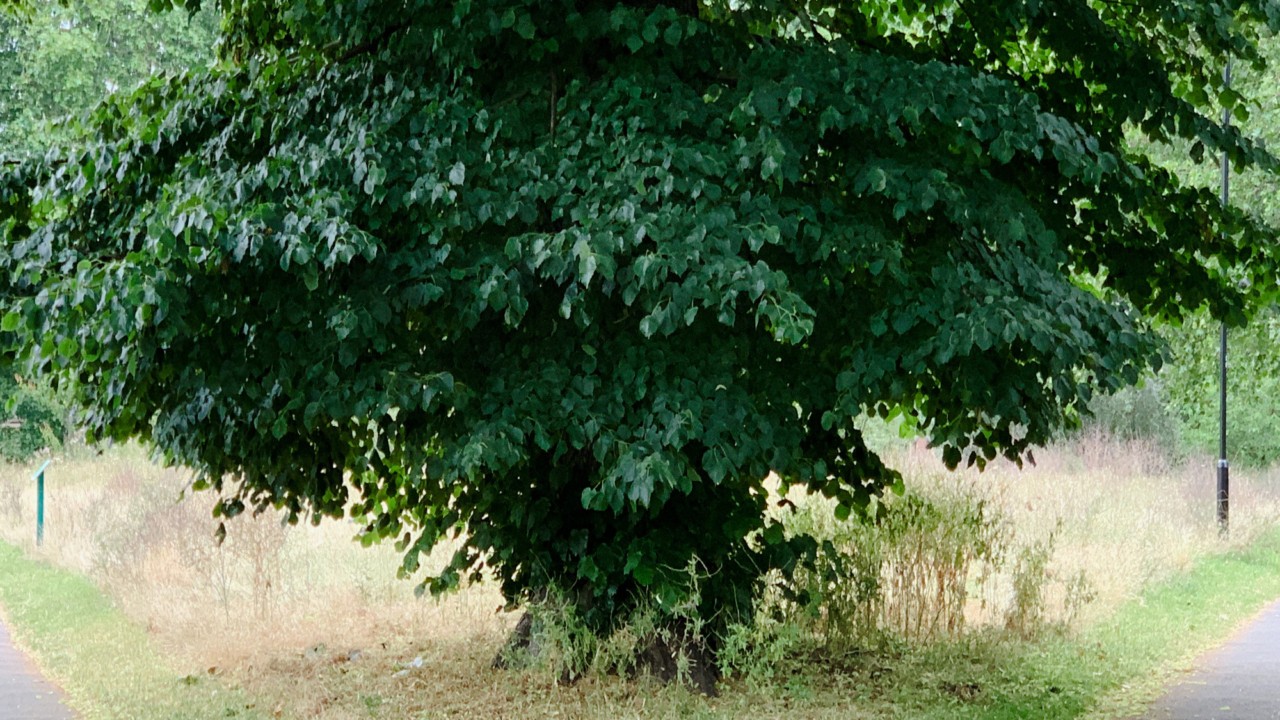

Photographs by Daniel Shea
Daniel Shea’s new book, Distribution, began with a seemingly simple question: How do you photograph a forest? That question opened a yearslong investigation into scale and perception. A forest, like a city, resists being seen in full, so Shea set out to photograph it by embracing the fragment. He built his process around a set of self-imposed constraints: using a telephoto lens to compress dense woodland and shooting urban scenes through the windows of moving cars.
The choice of the telephoto lens became central to the project. It made it nearly impossible to capture the full scope of any environment—or even to focus cleanly on a single subject. In that way, the act of “locating the subject” became both the method and the metaphor. During the pandemic, that metaphor took on deeper resonance. Shea began to see parallels between the challenge of photographing the unseen and our collective struggle to comprehend crises like climate change. Environmental breakdown unfolds slowly, often visible only through projections and data, while our instincts are tuned to react to what’s immediate and urgent. The tension between seeing and understanding, knowing and acting, became a quiet undercurrent of the work.
The finished project, a 400-page artist’s book, unfolds as a study of systems and connections rather than isolated subjects. It begins with portraits of Jessica—a person representative of the median American—before expanding to trees, façades, industrial zones, and groups of people. As the images accumulate, patterns emerge; repetition and density giving way to rhythm and form. Through its scope and structure, Distribution asks how images can register the complexity of the world, and what remains unseen when we try.
Join our membership community. Support our work, receive a complimentary subscription to Atmos Magazine, and more.
Daniel Shea’s Vision of an Interconnected Planet
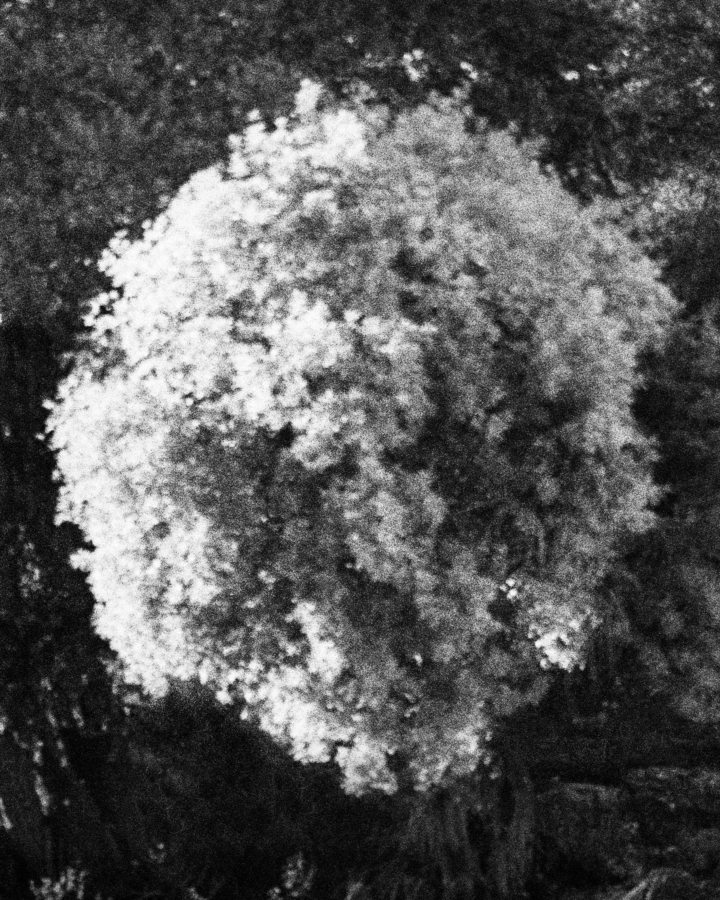
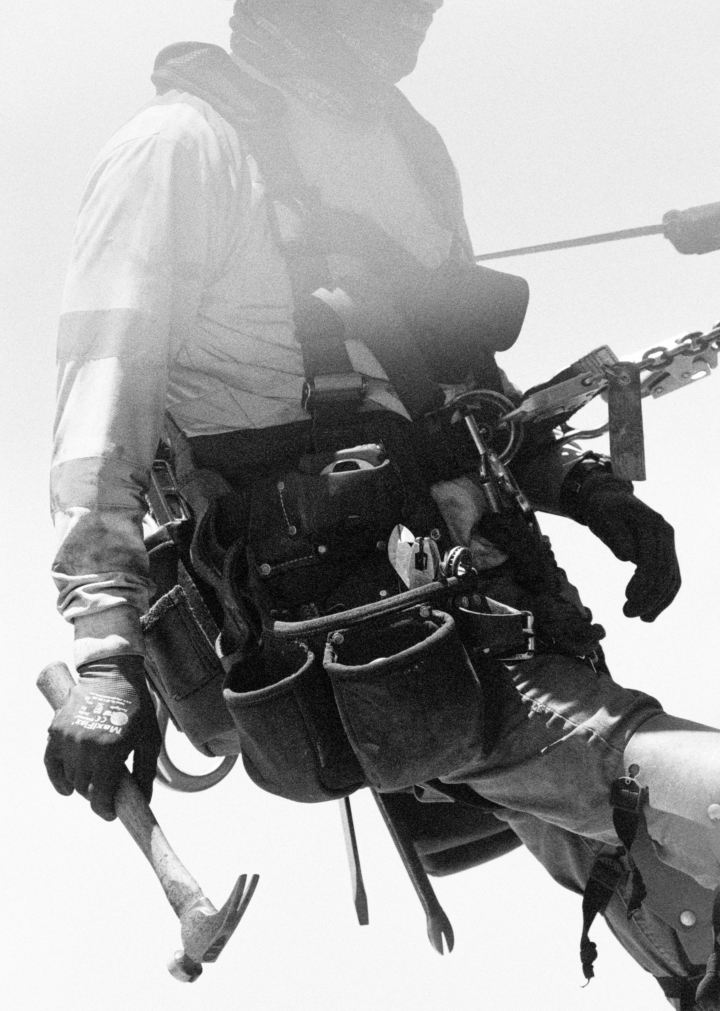
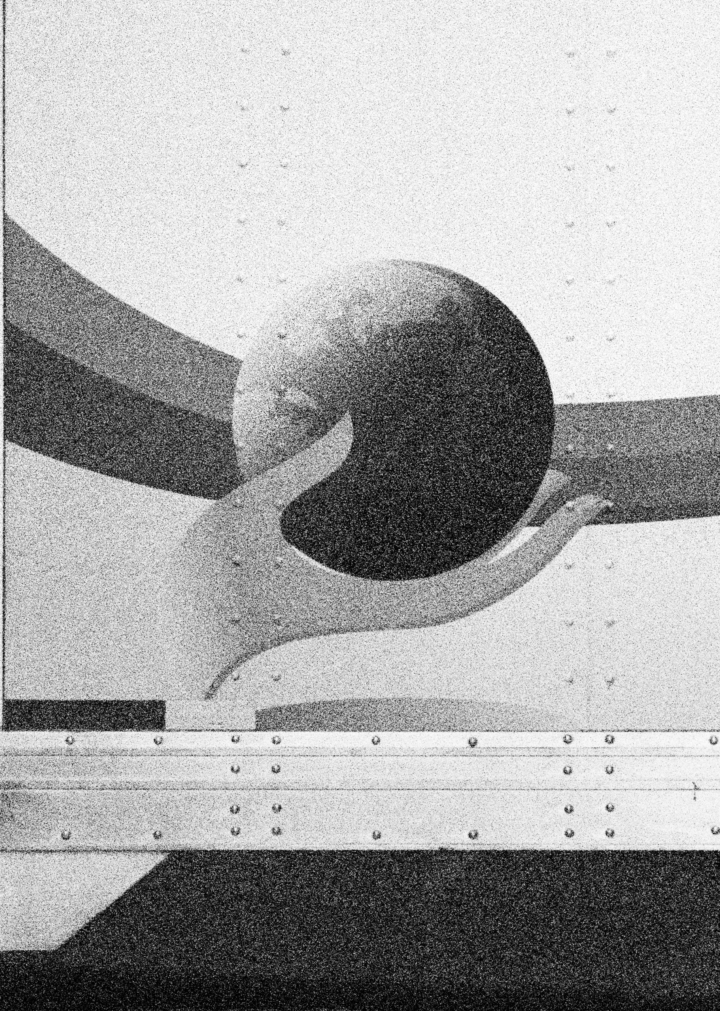
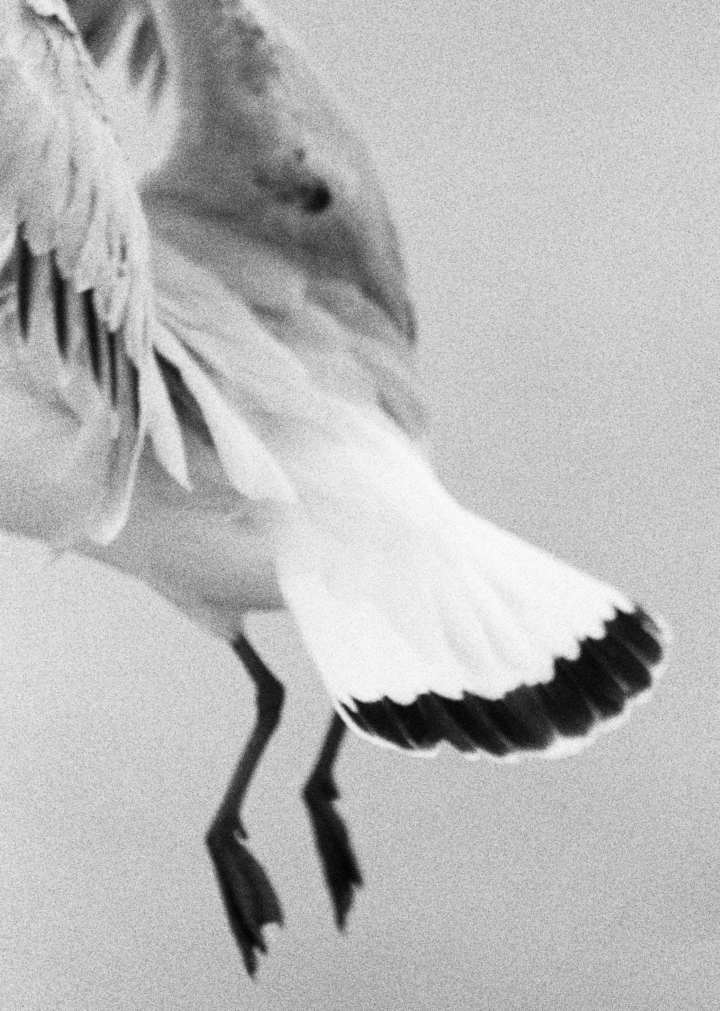
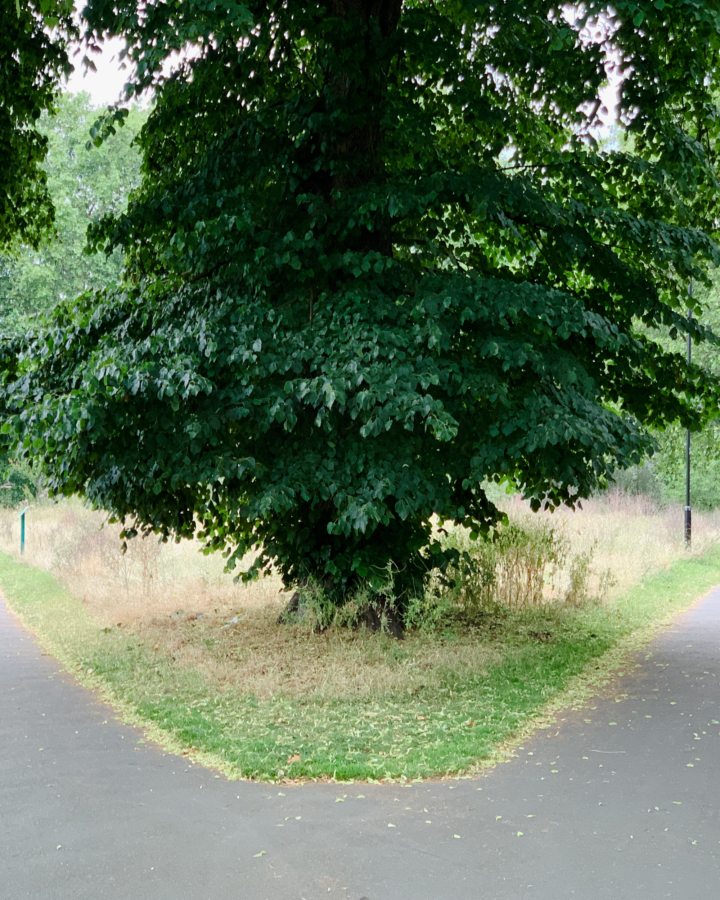
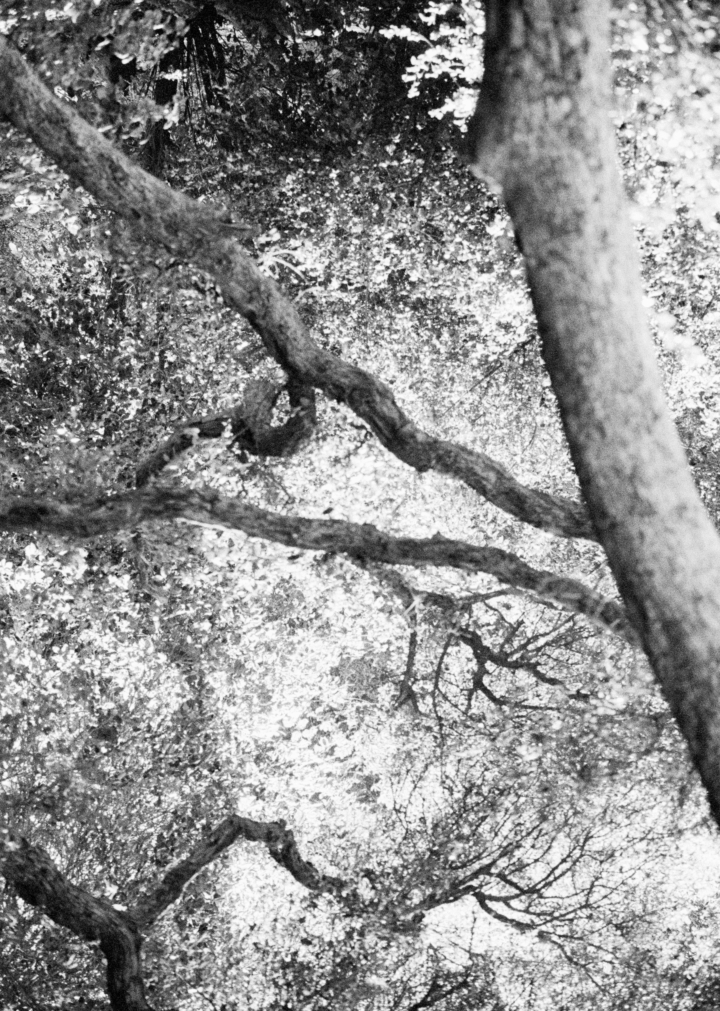
Daniel Shea’s Vision of an Interconnected Planet